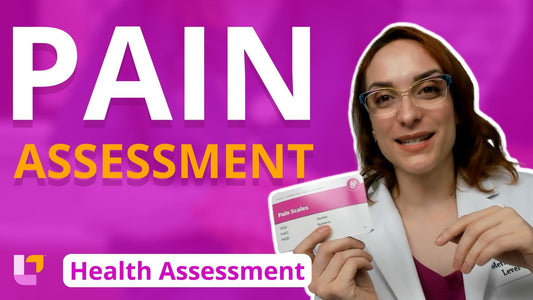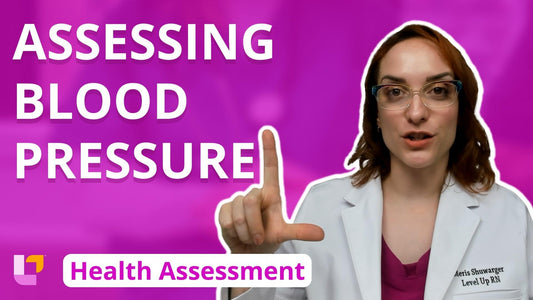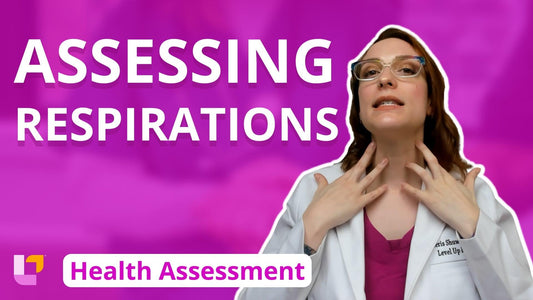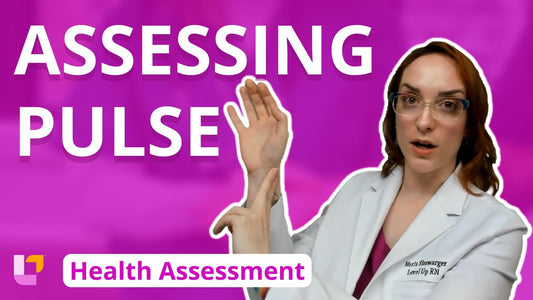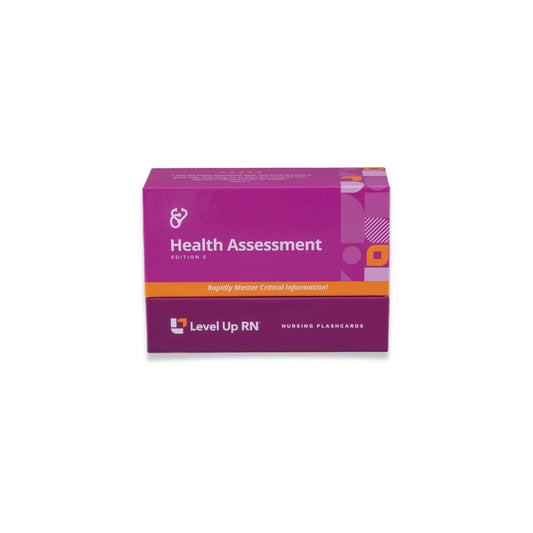Health Assessment
Vital Signs & Pain Assessment (7)
Filter Health Assessment Articles
Shop
Health Assessment - Nursing Flashcards
Regular price $34.95Regular priceUnit price per$34.95Sale price $34.95Videos by Subject
Tips & More
Exam Information
Subscribe

